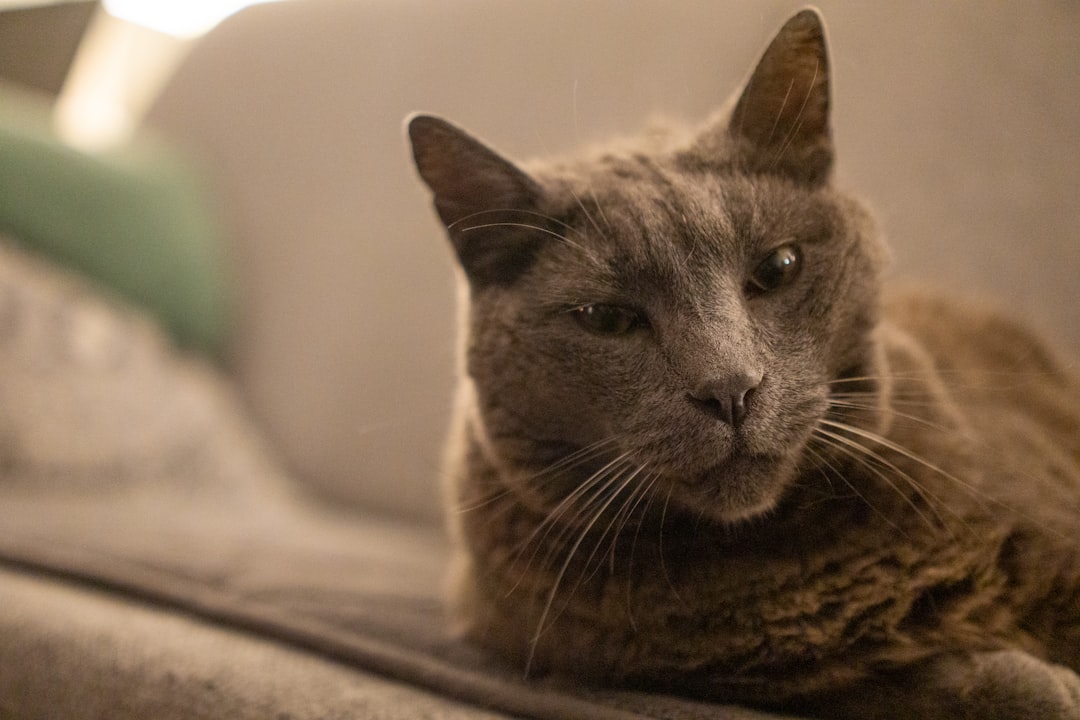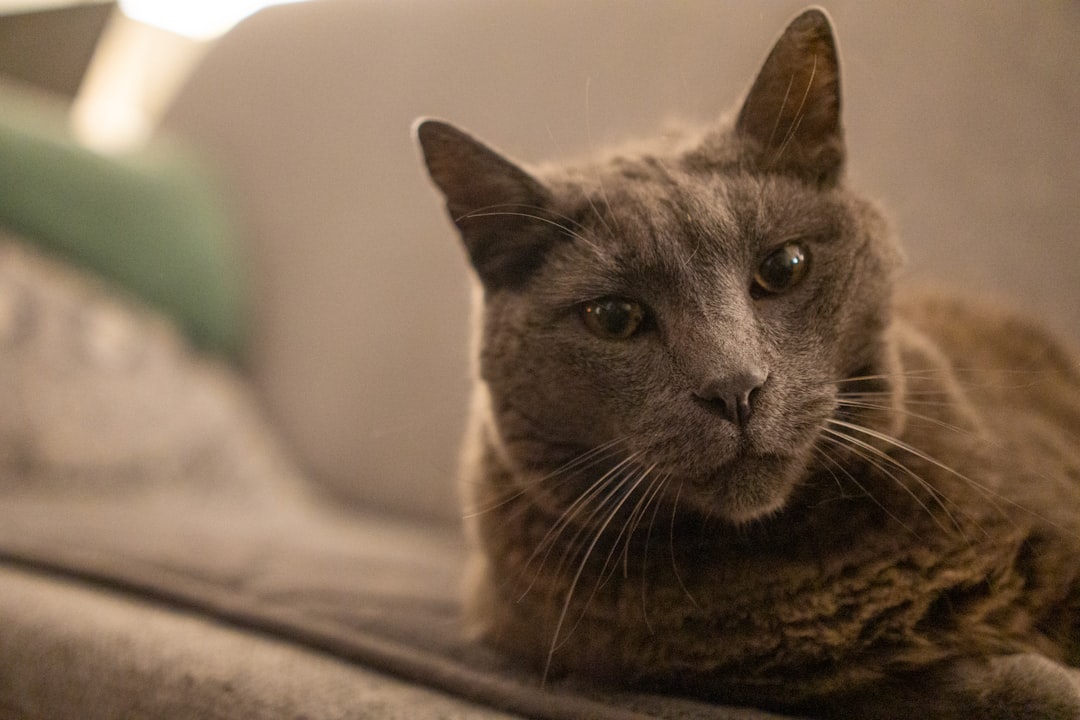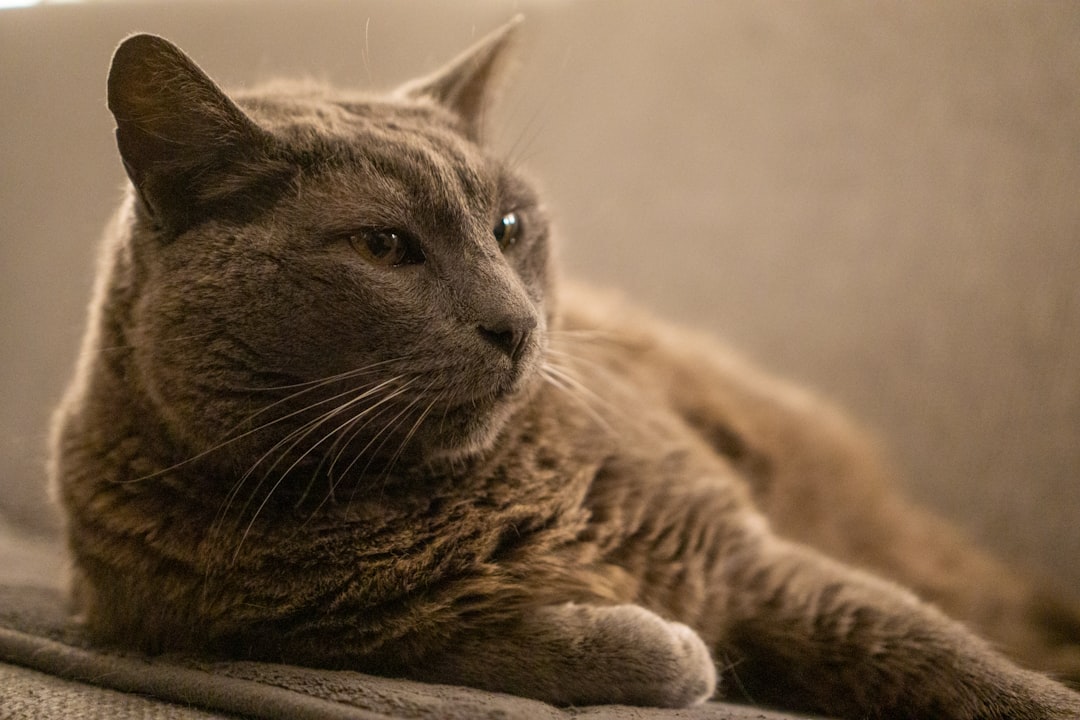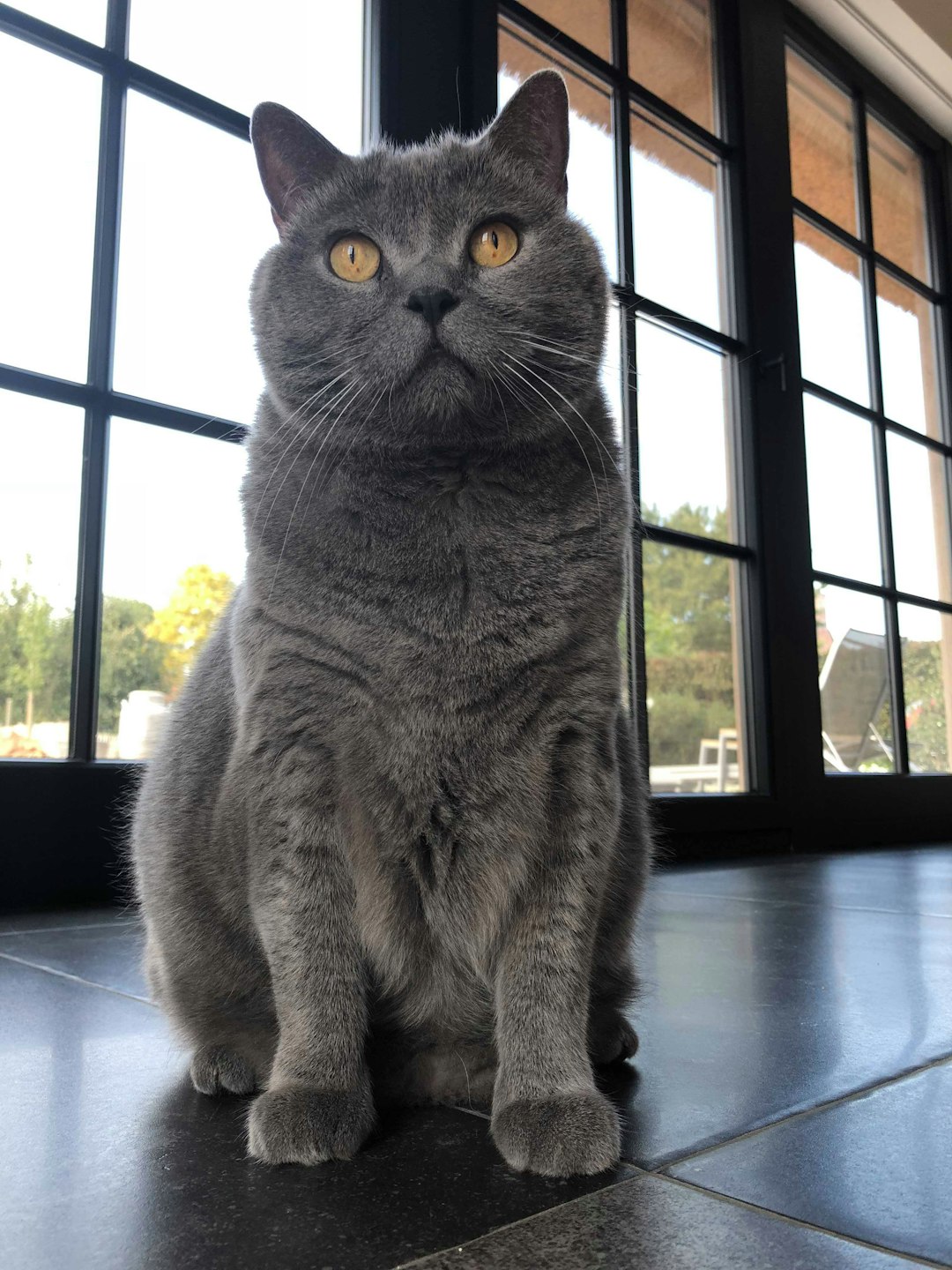Laxatone for cats serves as an effective solution for managing hairballs and constipation, common issues many feline friends face. This unique laxative aids in the digestion process, allowing hairballs to pass more easily while soothing the gastrointestinal tract. Understanding its ingredients and how Laxatone works can enhance your cat’s comfort and health. By incorporating Laxatone into your cat’s routine, you can help minimize the uncomfortable bloating and distress that often accompany hairballs.
Understanding Laxatone and Its Purpose
Laxatone for cats is a specially designed gel that helps manage hairballs and constipation. Many cats, especially long-haired breeds, are prone to these issues due to grooming habits and dietary choices. Here’s how Laxatone plays a crucial role:
Purpose: Laxatone acts as a lubricant, assisting in the passage of hairballs through the digestive tract. It also helps to soften hard stool, making bowel movements easier for your feline friend.
Mechanism: The active ingredients in Laxatone encourage the natural elimination of hairballs and relieve constipation by coating the gastrointestinal tract.
Application: You can administer Laxatone straight from the tube or mix it with your cat’s food. Regular use helps maintain digestive health, reducing the frequency of hairballs and discomfort from constipation.
In summary, incorporating Laxatone for cats in your pet care regimen can significantly improve their digestive health while preventing associated discomfort.

The Ingredients of Laxatone
Laxatone for cats contains several key ingredients designed to safely and effectively alleviate hairballs and constipation. Understanding these components can help you choose the best remedy for your feline friend. Here are the primary ingredients:
Petrolatum: A primary ingredient that helps lubricate the digestive tract, facilitating the passage of hairballs.
Vegetable Glycerin: This ingredient adds moisture, ensuring that dry feces do not form and alleviate constipation effectively.
Flavoring Agents: Laxatone for cats often includes tasty flavors to entice your pet. Common flavors include malt or tuna, making it more appealing.
Preservatives: To maintain freshness and prevent spoilage, some preservatives are used in the formulation.
Comparison of Laxatone Ingredients
| Ingredient | Function |
|---|---|
| Petrolatum | Lubricates and eases passage of hairballs |
| Vegetable Glycerin | Adds moisture to soften feces |
| Flavoring Agents | Enhances palatability for cats |
| Preservatives | Keeps the product fresh and safe |
By knowing what is in Laxatone for cats, you can better understand how this product supports your cat’s digestive health. Always consider your cat’s personal preferences and any allergies before introducing a new treatment.
How Laxatone Works to Alleviate Hairballs
Laxatone for cats effectively alleviates hairballs through its unique formulation that promotes smooth digestion. Here’s how it works:
Lubricates the Digestive Tract: Laxatone for cats contains key ingredients that create a slippery coating along the intestines. This helps hairballs pass more easily through the digestive system.
Reduces Friction: By easing the passage of hairballs, Laxatone minimizes the chances of them getting stuck, which can cause discomfort or further issues.
Promotes Regular Elimination: With regular use of Laxatone, cats can experience more consistent bowel movements, preventing the buildup of hairballs in the stomach.
Comparison of Hairball Remedies
| Feature | Laxatone for Cats | Other Hairball Remedies |
|---|---|---|
| Lubrication Effect | Strong | Variable |
| Ease of Administration | High | Moderate to Low |
| Side Effects | Minimal | Varies |
| Frequency of Use | Daily recommended | As needed or weekly |
In conclusion, Laxatone for cats offers a convenient and effective method for reducing hairball discomfort and ensuring your furry friend stays healthy and happy.
The Benefits of Laxatone for Constipation
Laxatone for cats offers several significant benefits when it comes to alleviating constipation. This palatable, petroleum-based gel is specifically designed to facilitate smoother digestion and promote regular bowel movements. Here are some key benefits of using Laxatone for constipation in your feline friend:
- Softens stool: Laxatone lubricates the intestines, making it easier for hard stools to move through the digestive tract.
- Encourages hydration: The gel encourages your cat to drink more water, which is crucial for preventing dehydration and promoting healthy bowel function.
- Eases stress: By providing relief from constipation, Laxatone can help reduce the discomfort that may cause stress for your cat.
- Supports gut health: Regular use can help maintain a healthy gut environment, reducing the risk of future constipation issues.
Comparison of Laxatone for Cats vs. Other Treatments:
| Treatment | Laxatone for Cats | Fiber Supplements | Natural Remedies |
|---|---|---|---|
| Effectiveness | High | Moderate | Varies |
| Ease of administration | Easy (gel form) | Can be difficult | Requires preparation |
| Time to see results | Quick (1-2 days) | Slower (3-5 days) | Varies |
In summary, Laxatone for cats plays a significant role in relieving constipation, offering a practical solution that promotes overall digestive health.

Recommended Dosage for Cats
When using Laxatone for cats, it’s essential to follow the recommended dosage to ensure effectiveness and safety. Here are some general guidelines:
Adult Cats:
- Start with 1 teaspoon (5 ml) daily.
- Adjust based on your cat’s response and weight.
Kittens (Over 6 Weeks):
- Use 1/2 teaspoon (2.5 ml) once daily.
- Monitor closely for any side effects.
Long-Haired Breeds:
- Typically require higher doses.
- You may need to increase to 1.5 teaspoons (7.5 ml) daily during shedding seasons.
Key Dosage Considerations:
- Consistency is crucial. Administer Laxatone at the same time each day.
- Mix with food or offer directly for easier consumption.
- Always consult your veterinarian before starting any new medication, especially if your cat has existing health issues.
By adhering to these dosage recommendations, you can help your cat alleviate hairballs and combat constipation effectively while using Laxatone for cats.
Potential Side Effects and Considerations
When using Laxatone for cats, it’s essential to be aware of possible side effects and considerations to ensure your feline’s safety and wellbeing. Here are some key points to keep in mind:
Gastrointestinal Issues: Occasionally, cats may experience diarrhea or mild vomiting after taking Laxatone. Monitor your cat’s reaction closely, especially during the initial dosage.
Allergic Reactions: Though rare, some cats may develop an allergic reaction. Look for signs such as itching, swelling, or difficulty breathing and seek immediate veterinary attention if these occur.
Underlying Health Conditions: Cats with certain conditions, like pancreatitis or diabetes, may need special considerations. Always consult with your veterinarian before starting any new treatment, including Laxatone for cats.
Medication Interactions: Laxatone could interact with other medications your cat may be taking. Ensure your vet knows all current treatments to avoid complications.
Age Considerations: Kittens and elderly cats may have different tolerances to Laxatone. Adjust the dosage accordingly and seek veterinary advice if unsure.
By understanding these side effects and considerations, you can use Laxatone for cats more effectively and safely.
When to Consult a Veterinarian
While Laxatone for cats can be an effective solution for hairballs and constipation, it’s essential to know when to seek professional help. Here are some critical signs that indicate it’s time to consult your veterinarian:
- Persistent Symptoms: If your cat continues to exhibit signs of hairballs or constipation despite using Laxatone for several days, don’t hesitate to contact a vet.
- Severe Vomiting: Frequent or severe vomiting may indicate an underlying health issue that needs immediate attention.
- Lethargy: If your cat becomes unusually lethargic or refuses to eat, it’s crucial to get a professional evaluation.
- Abdominal Discomfort: Difficulty in moving or signs of pain when touched can signal a serious condition.
- Blood in Stool or Vomit: Any presence of blood is a red flag that requires urgent veterinary intervention.
In conclusion, while Laxatone for cats can help manage hairballs and constipation, these warning signs should not be ignored. Regular communication with your veterinarian ensures your feline friend remains healthy and happy.

Alternative Treatments for Hairballs and Constipation
While Laxatone for cats is a popular choice for managing hairballs and constipation, several alternative treatments can also provide relief. Here are some effective options:
High-Fiber Diets: Increasing fiber can promote healthy digestion. Incorporate high-fiber cat food or consider supplements like psyllium husk.
Specialty Hairball Formulas: Many pet food brands offer products specifically designed to reduce hairballs. These formulations often contain increased fiber and fatty acids.
Hydration: Ensure your cat drinks plenty of water. Increased fluid intake can help soften stool and reduce the risk of constipation.
Regular Grooming: Brush your cat regularly to minimize shedding and hair ingestion. This practice can significantly reduce hairballs.
Hairball Remedies: Over-the-counter hairball remedies exist in various forms, such as gels and treats, which can help lubricate the digestive tract.
Probiotic Supplements: These can aid digestion and promote gut health, ultimately helping with both hairballs and constipation.
Consider these alternatives when assessing your cat’s needs, but consult your veterinarian before making any significant changes to their treatment plan.
Frequently Asked Questions
What is Laxatone and how does it work for cats?
Laxatone is a popular and palatable petroleum-based laxative formulated specifically for cats. It works by lubricating the intestines and aiding the passage of hairballs and stool through the digestive tract. The unique formulation not only helps in softening the stool but also facilitates the elimination of ingested hair, thus preventing hairball formation. Laxatone can be given directly or mixed with food, making it a convenient option for pet owners.
Is Laxatone safe for all cats?
Laxatone is generally considered safe for most adult cats; however, it should be used with caution in kittens or cats with certain health conditions. If a cat has pancreatitis, intestinal obstructions, or is pregnant, it is crucial to consult a veterinarian before administering Laxatone. Additionally, while it is a well-tolerated product, monitoring your cat for any adverse reactions after use is advisable to ensure their safety.
How often should I administer Laxatone to my cat?
The frequency of Laxatone administration depends on the specific needs of your cat. For regular maintenance, many vets recommend giving Laxatone once or twice weekly. If your cat frequently experiences hairballs or constipation, daily administration might be necessary until the issue is resolved. Always follow your veterinarian’s dosing instructions, as they are tailored to your cat’s individual health requirements.
Are there any side effects associated with using Laxatone?
While Laxatone is safe for most cats, potential side effects can include mild gastrointestinal upset, such as diarrhea or loose stools, especially if used in excessive amounts. Some cats may experience a change in appetite or become more lethargic. If you notice any concerning signs or persistent adverse reactions after giving Laxatone, it is imperative to consult your veterinarian for further guidance.



